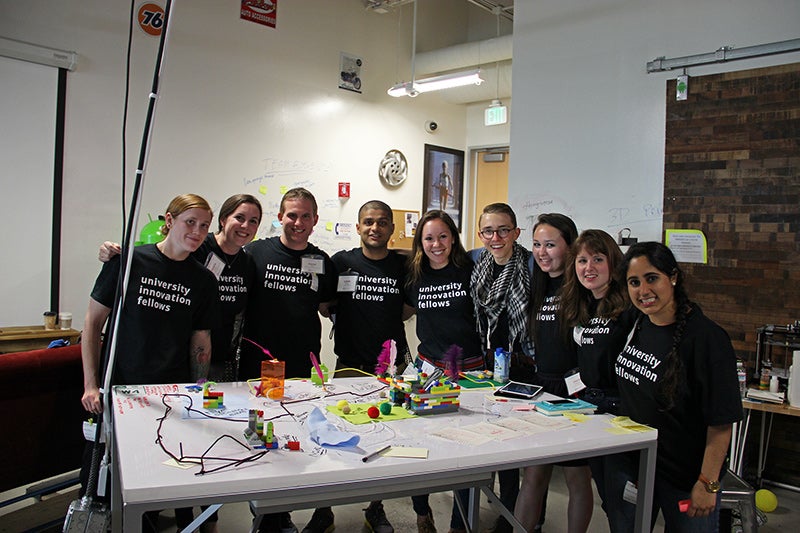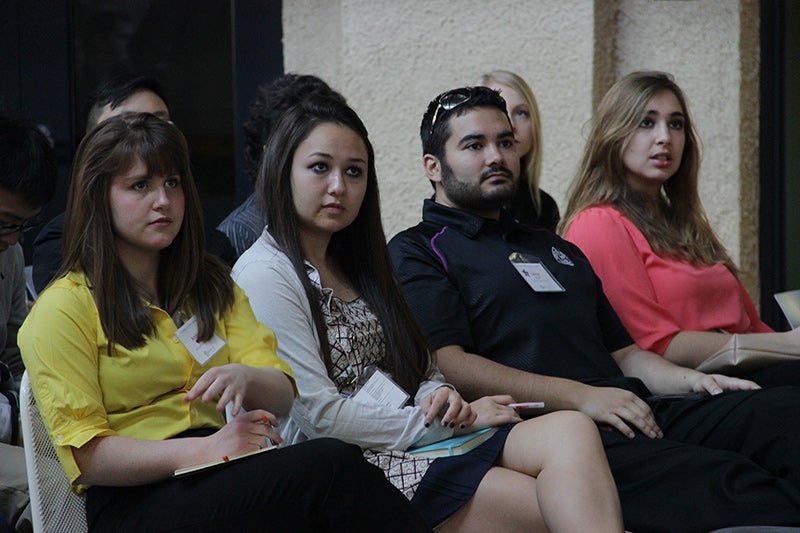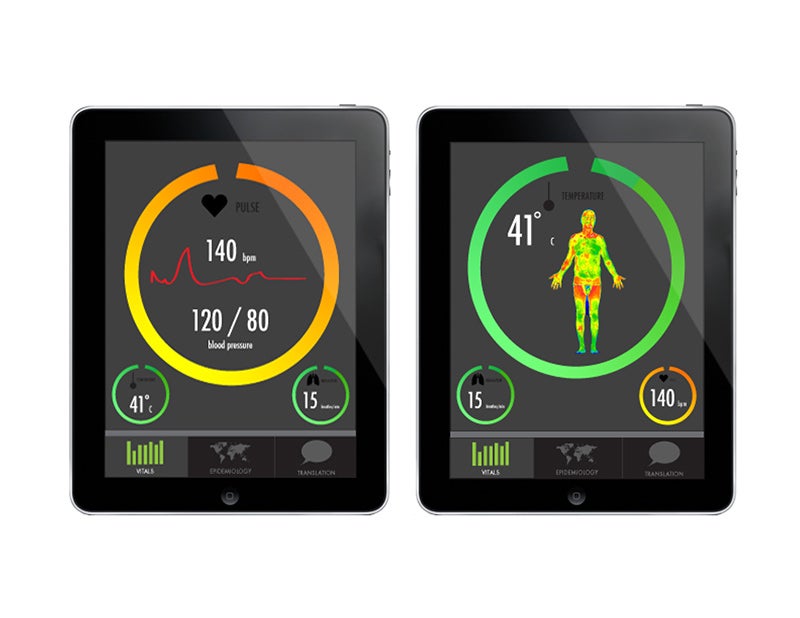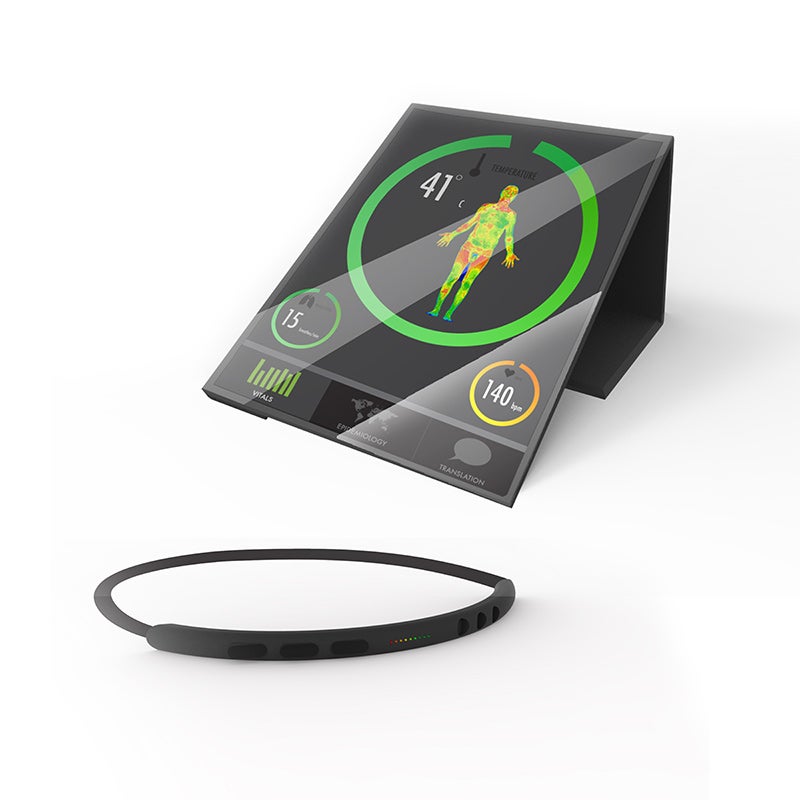A University of Oregon product design student has been selected as one of sixty-six university students nationwide to become University Innovation Fellows for Epicenter, a program collaborated through Stanford University and The National Center for Engineering Pathways to Innovation.
Claire Sakaguchi, a senior at UO pursuing a major in product design and a minor in business, will learn the fundamentals of entrepreneurial strategies during her participation with Epicenter. She is the first UO student to be admitted to the program.
“As a product design student, I feel like we have a really solid foundation in the design process, ideation, and prototyping, but when it comes to the implementation part of things, we [don’t] really learn the business side,” Sakaguchi says.

Above: At Stanford University, the fellows talked with young entrepreneurs, explored the university's innovation ecosystem, and took part in creativity, brainstorming, and team-building exercises. Claire Sakaguchi is third from right. Photo by Ben Colman.
Epicenter is a collaboration between the National Collegiate Inventors and Innovators Alliance (NCIIA) and Stanford University, as funded by a grant from the National Science Foundation. The program allows members to interact and collaborate with a national committee of likeminded students who desire to bring change to their home campuses through design thinking or entrepreneurship.
“This peer-to-peer network is essential,” wrote Humera Fasihuddin, the leader of the UIF program for Epicenter. “Fellows learn from one another about what has worked and hasn't worked at different schools, and they form cross-institutional collaborations to make an even greater impact. During the Fellows training, Claire learned to assess the entrepreneurial landscape at the University of Oregon to see where she could make the greatest impact. The program gives Claire access to resources, opportunities, Epicenter mentors, and thought-leaders in academia and industry.”
In January, Sakaguchi competed against other design-based students in the Colligan User Interface Design Challenge, where students were asked to create a novel graphic user interface (GUI) designed for a mobile application. Judges asked the students about the marketing model and also to whom they would sell their design. Sakaguchi’s group, Team IRIS—comprised of Sakaguchi, Sara Birns, and Logan Olson—took home $4,000 and second-place honors.
Team IRIS’ app is designed to help break the communication barrier between doctor and patient in international medical contexts. The students named the system IRIS after the goddess of communication. In April, IRIS was selected in a juried competition for a $500 “Design Ignites Change” student innovation award by WorldStudio.
Developing a marketing strategy wasn’t a familiar step for product design students, Sakaguchi says.
“We might not be the people directly selling it, but you need to know how that would happen because it’s so informative of everything else you’re doing,” she says. Realizing this “was a wake-up call for me.”
It was during the Colligan competition that she conceived the idea for a Product Design and Entrepreneurial Program at UO.

Above: The fellows, including Claire Sakaguchi (second from left), took part in a design challenge at the Google Garage, where they talked with leaders from organizations including Google X, Design for America, 3 Day Startup, Google Garage, and the White House Office of Science and Technology Policy. Photo by Laurie Moor.
Plenty of product design majors also minor in business, as the degree audit requires them to take two business classes. Still, Sakaguchi notes a chasm between the two majors.
She envisions a partnership between product design and business students in the form of a building similar to the Stanford “d.school.” Sakaguchi says that in the design world, the d.school is “a huge deal.” It’s a space geared for practical and creative collaboration with whiteboard tables and walls.
UO design studios exist on the eastern edge of the UO campus, although only seniors are allowed access. She strives to create something similar on campus that would be available to other students.
Other tactics for providing an interdisciplinary crossover between the fields of study include a course and a student group. A course is already being put together combining design and business to cover design and entrepreneurship.
“I don’t really want to [create an academic course] because it’s a slower adoption and a lot of process,” she says.

Above: Using IRIS, one of the award-winning designs that Sakaguchi co-created, critical vital signs will be large and called out in a warning color. IRIS can do three things: read body vitals, provide real time text and oral translation, and provide a map and data entry point for epidemiology related content.
Kiersten Muenchinger, director of the Product Design Program, nominated Sakaguchi for the Epicenter program. She says her vision of a crossover is feasible for UO.
“She had a record … within the Product Design Program that could be transferable to entrepreneurial ventures,” she says. She added that roughly 10 percent of the program’s graduates go into start-up businesses.
Sakaguchi has served as president of The Industrial Designers Society of America-UO chapter since September 2013.
She co-founded Design for America during her freshman and sophomore years. The student group allows UO students to create designs and design processes to solve local problems. Design for America previously looked for design opportunities to assist autistic students at a local Eugene school. This term, the group focuses on campus safety, bike issues, and child hunger.
She also hosted the “3 Day Startup Springboard” interactive workshop in April, in which students learn the intensive process of testing and pitching an idea to a global audience and creating a start-up business.
Through the Epicenter program, she will learn the logistical side of how to conduct a plan for an interdisciplinary crossover at UO.
“If you are able to walk away and say you did something at your school, that’s a big thing,” she says. “You can say you want to do all these things, but to make it happen is a whole other step. That would be my goal.”

Above: IRIS, a wearable app, is designed to help break the communication barrier between doctor and patient in international medical contexts. Along with fellow students Sara Birns and Logan Olson, Sakaguchi’s Team IRIS took second place and won $4,000 in the national Colligan User Interface Design Challenge in February.
